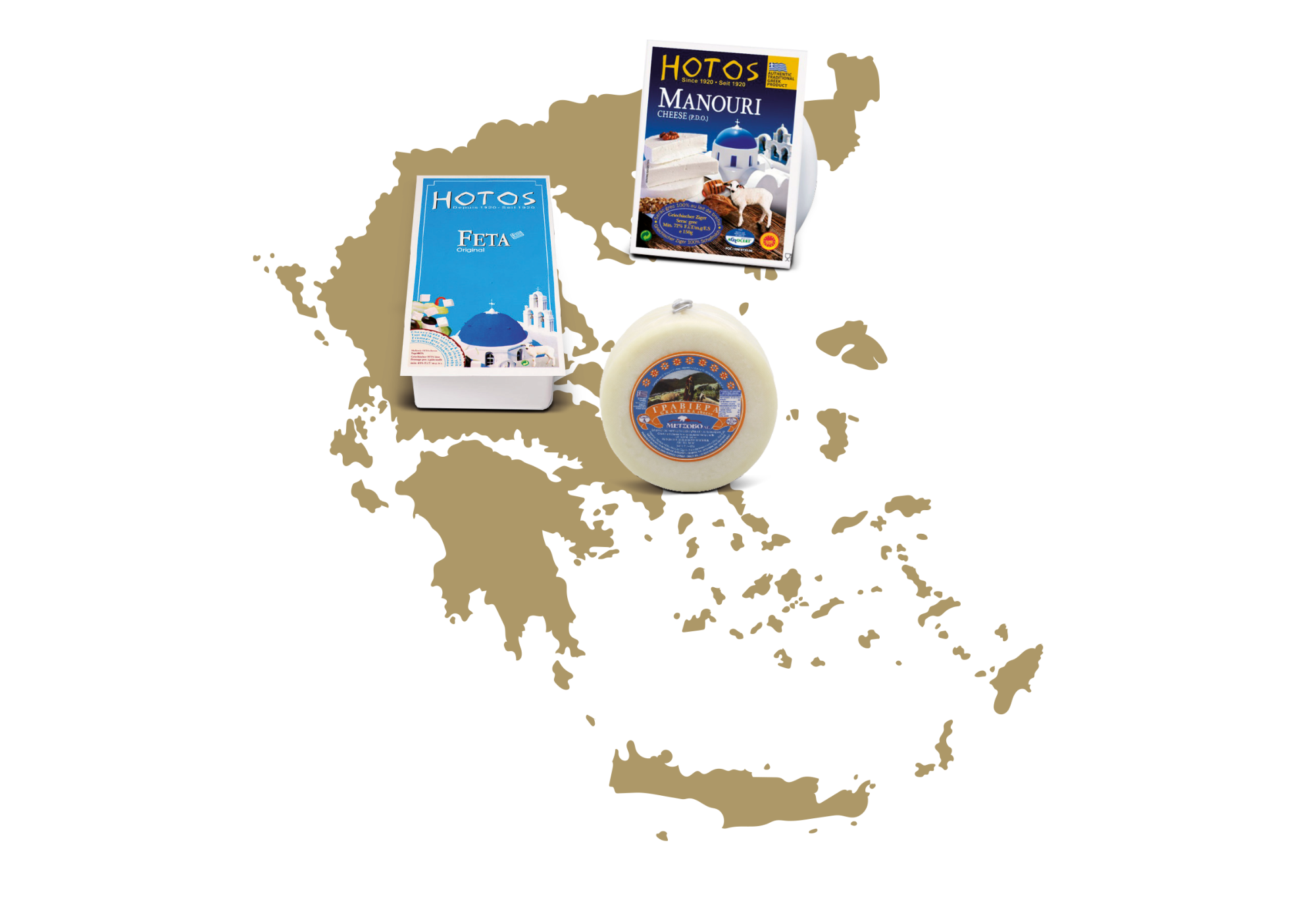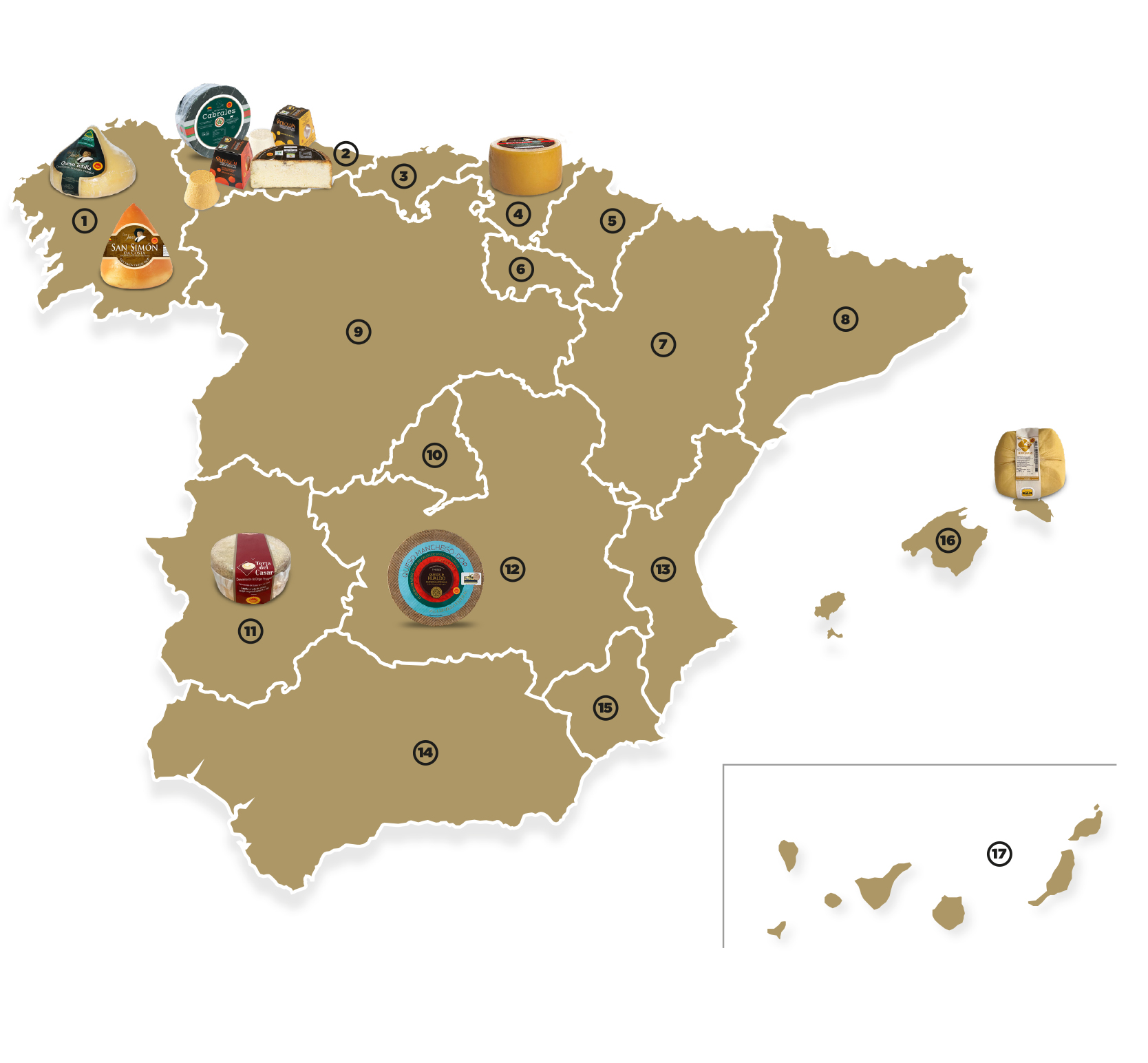Main DE cheeses of Europe
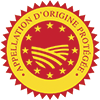
D.O.P. Protected Designation of Origin
It indicates that the cheese has characteristics that are possible primarily thanks to the natural environment in which it is made: ingredients, environmental factors, production methods, etc.
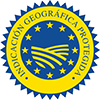
P.G.I. Protected Geographical Indication
Define some of the things that have some specific characteristics that come from a production location and that at least one of the manufacturing processes is carried out in your area.
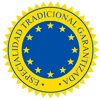
S. T. G. Specialty Traditional Guarantee
Distinguish among those made with traditional ingredients or according to a traditional method of a determined place.
France
It is the second largest cheese producer in Europe. In 2017, 1.9 million tons were produced. It is estimated that in France there are more than 1,200 different cheeses, with the groups of soft cheeses and very local artisan cheeses being two of the most important varieties. There are 750 cheese factories in the country.
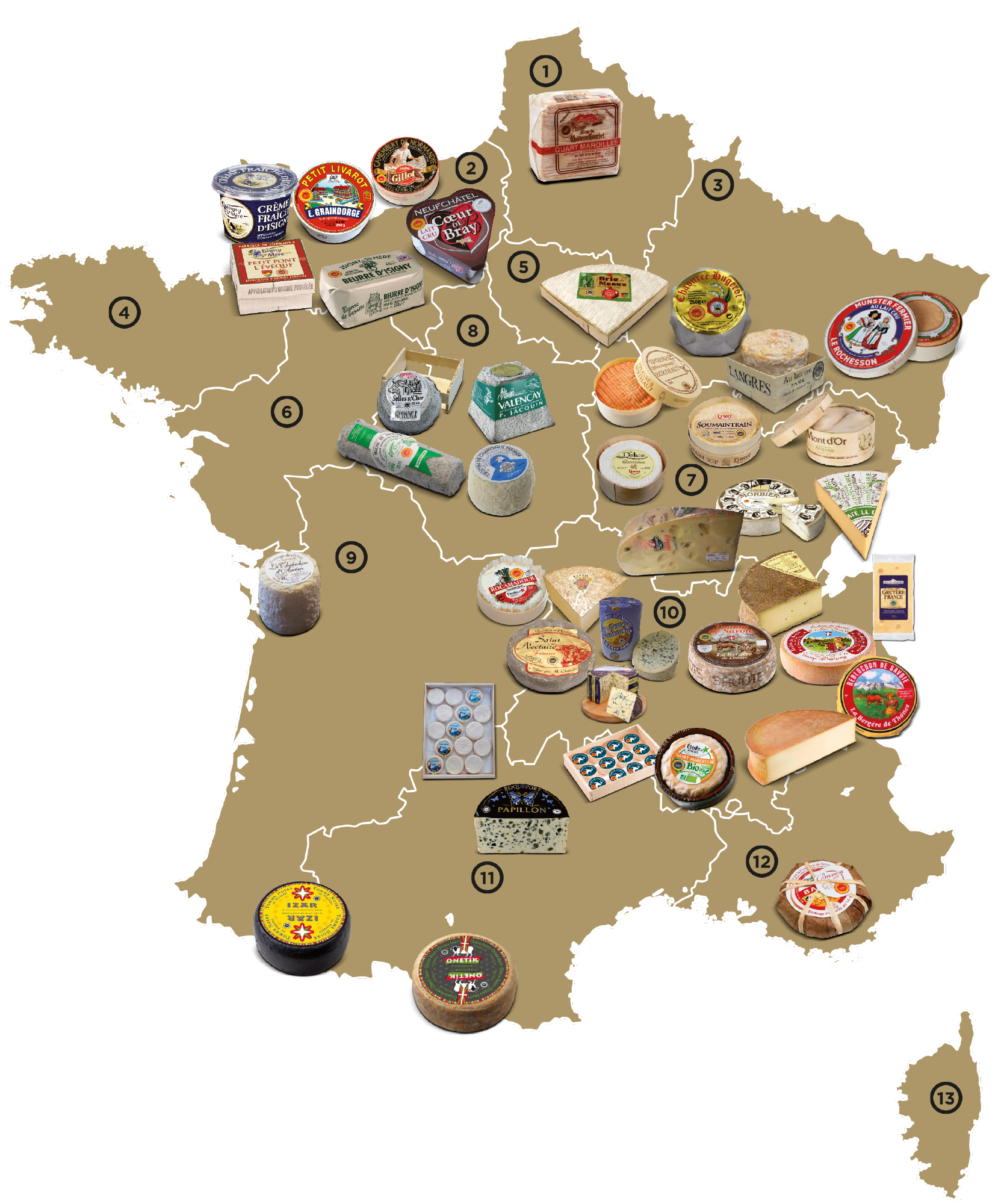
Italy
It is the third largest cheese producer in the EU, with 1.3 million tons per year (in 2017). Cheese consumption in Italy reaches around 24 kg per inhabitant per year; largely led by fresh cheeses such as mozzarella, mascarpone or ricotta, although there is also a large consumption of matured cheeses, such as Grana Padano or Parmigiano Reggiano. Both are essential in Italian kitchens.
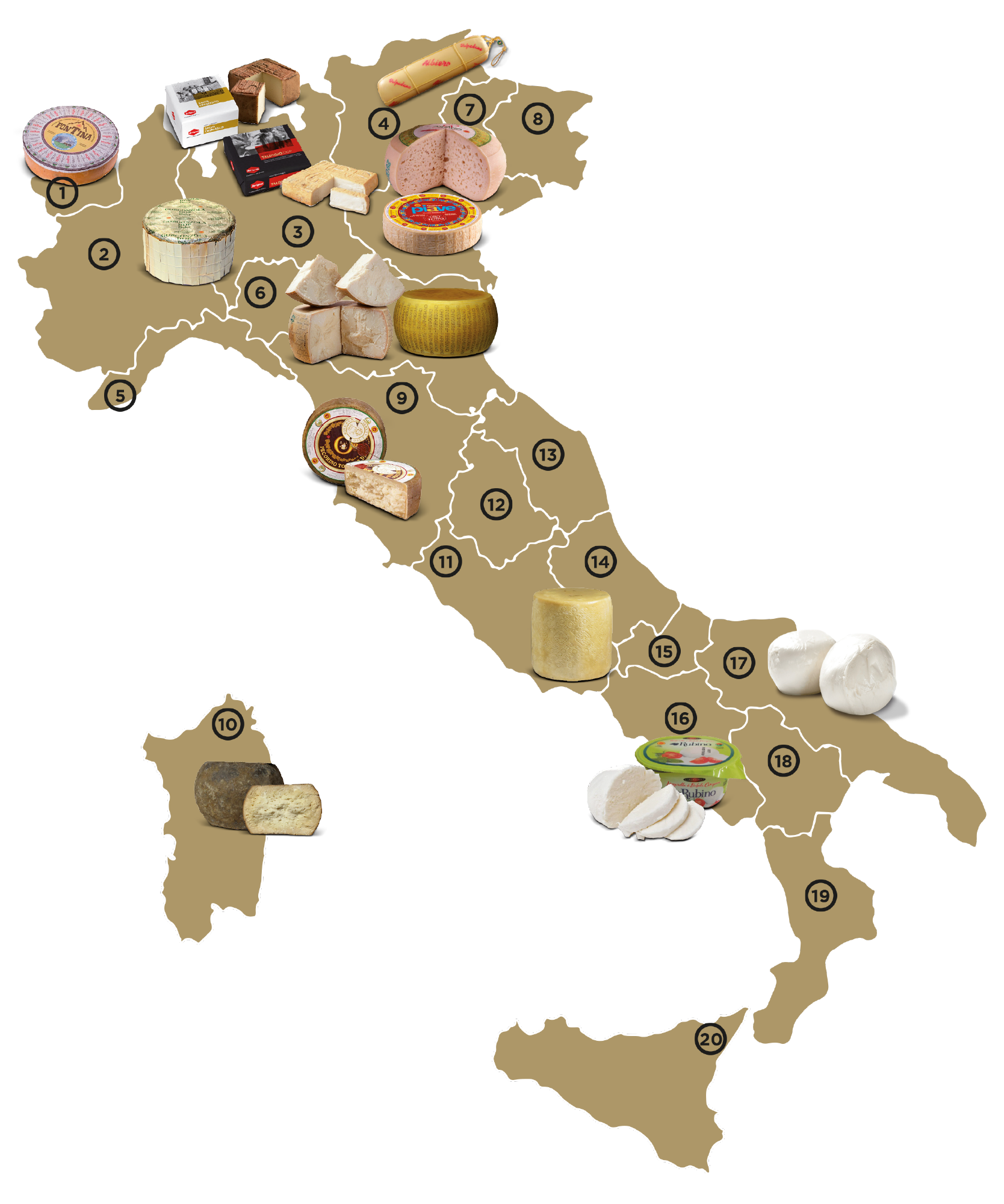
England
With 465,000 tons produced in 2018, the United Kingdom is one of the main cheese producers in Europe. It has about 375 production companies, with Arla, Müller, Ornua and Dairy Crest being the 4 most important. On average, a British consumer consumes about 11kg of cheese per year. The most consumed variety is Cheddar, followed by fresh cheeses such as Mozzarella, Feta or Brie.
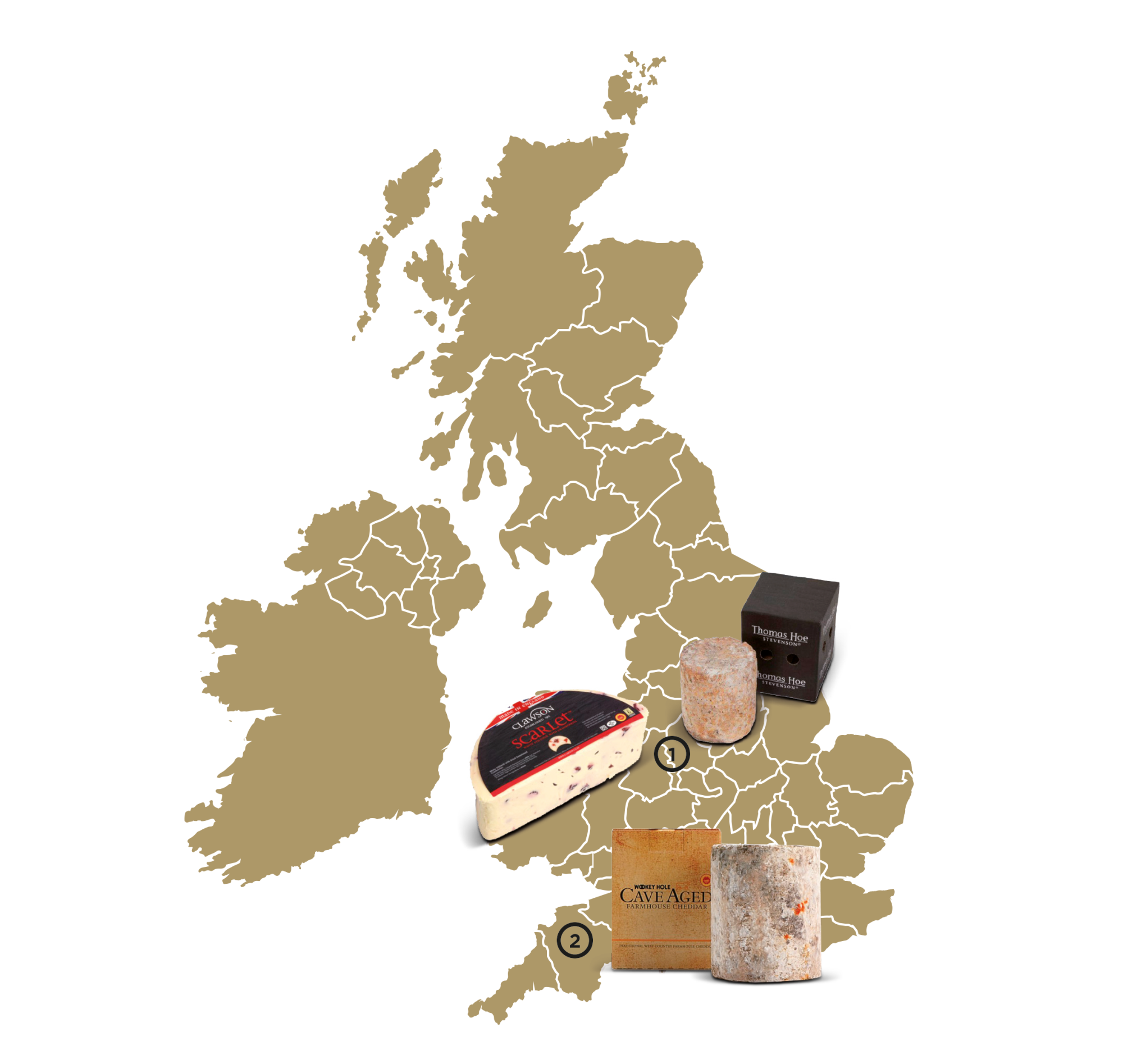
Switzerland
Recognized as one of the countries with the most cheese culture in Europe, Switzerland produced around 190,000 tons of cheese in 2018. The Swiss consume an average of 22 kg of cheese per year, which places them at the top of the table at European level. Excluding small farm producers, Switzerland has about 90 dairy plants, although 4 of them (Emmi, Cremo, M-industry and Hochdorf) process 90% of the country's milk.
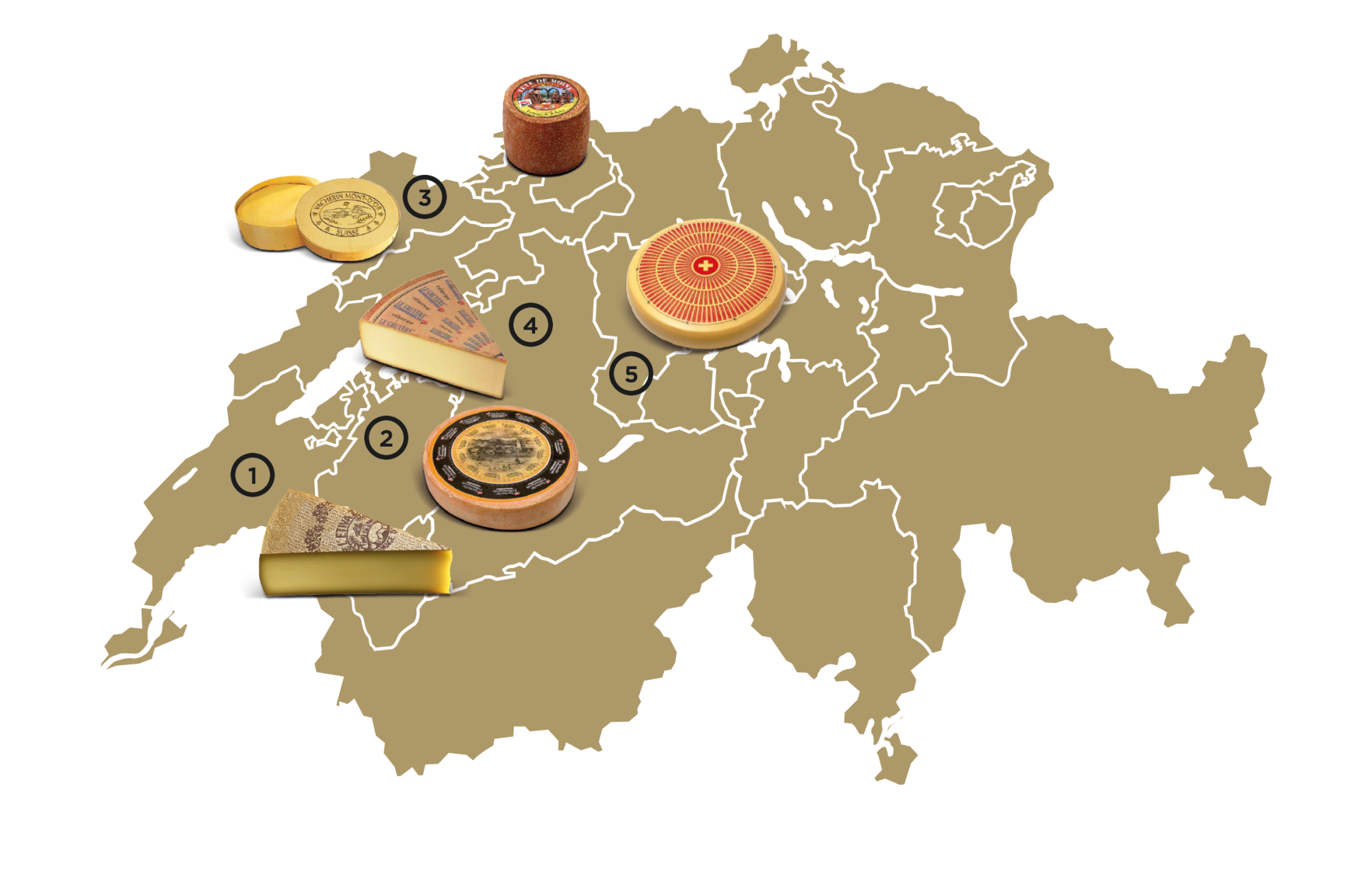
Holland
In 2018, the Netherlands produced around 880,000 tons of cheese. Obviously it is much more than the 17 million inhabitants can consume, because much of that production is derived for export in Germany, to the rest of Europe, Japan and the US. Despite this, the Dutch consume an average of 20.87 kg of cheese per year; many of them are widely consumed, such as Edam or Gouda, but the country also has 4 D.O.P. cheeses: Leyden, Kanterkaas, Nord Holland Edammer and Nord Holland Gouda.
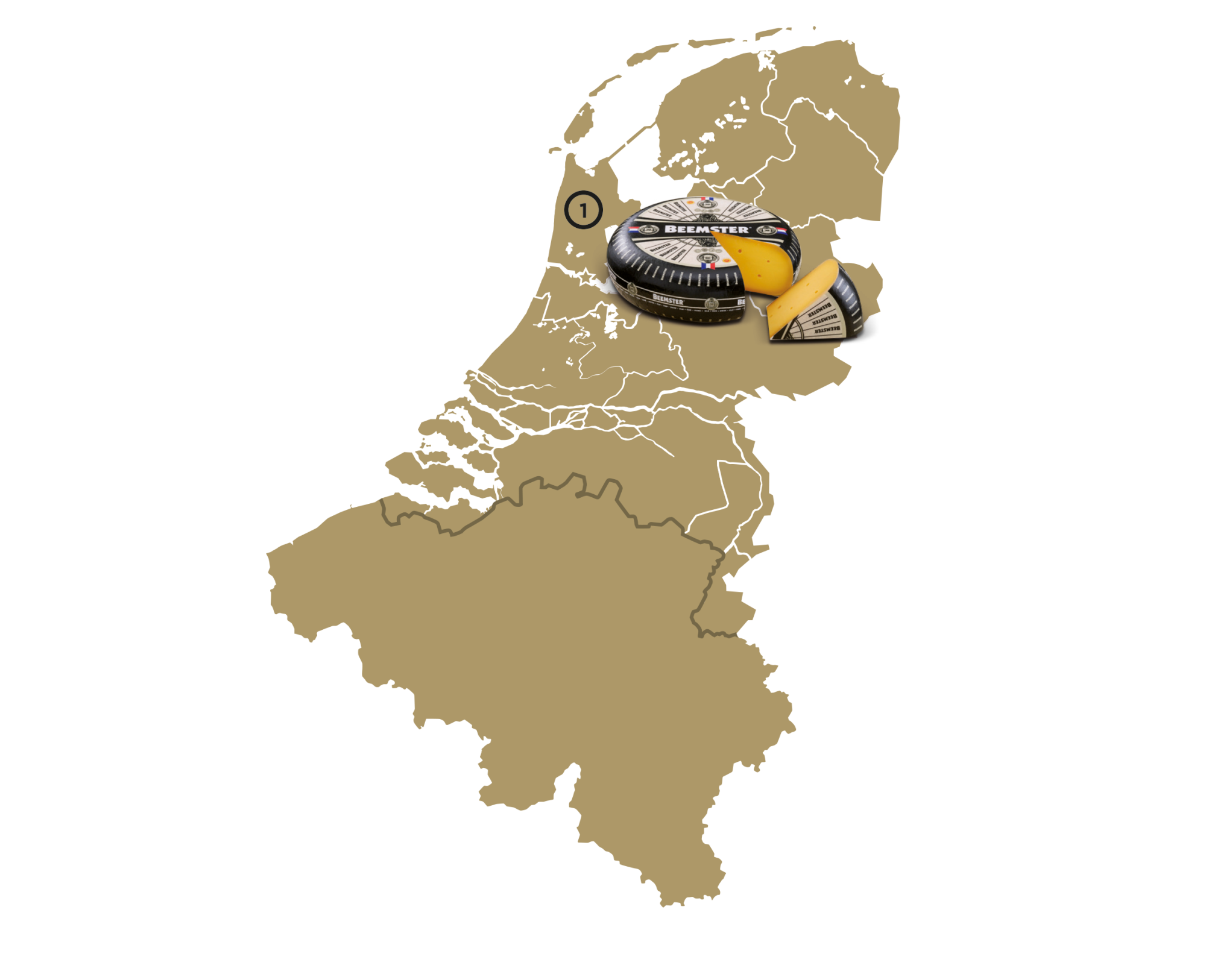
Belgium
Al igual que sus vecinos franceses y holandeses, Bélgica tiene una gran cultura quesera. Produce alrededor de 105.000 toneladas de queso anuales y sus habitantes consumen unos 15 kg al año. Existen unas 300 variedades de quesos belgas, pero solo uno cuenta con la D.O.P.: el Herve, una especialidad de pasta blanda y corteza lavada, de entre 100 y 200 gr. La mayoría de los quesos producidos en Bélgica se elabora a partir de leche de vaca, un ganado tradicionalmente más adaptado al clima y los pastos verdes; sin embargo, cada vez es más común que jóvenes agricultores desarrollen producciones ovinas y caprinas.
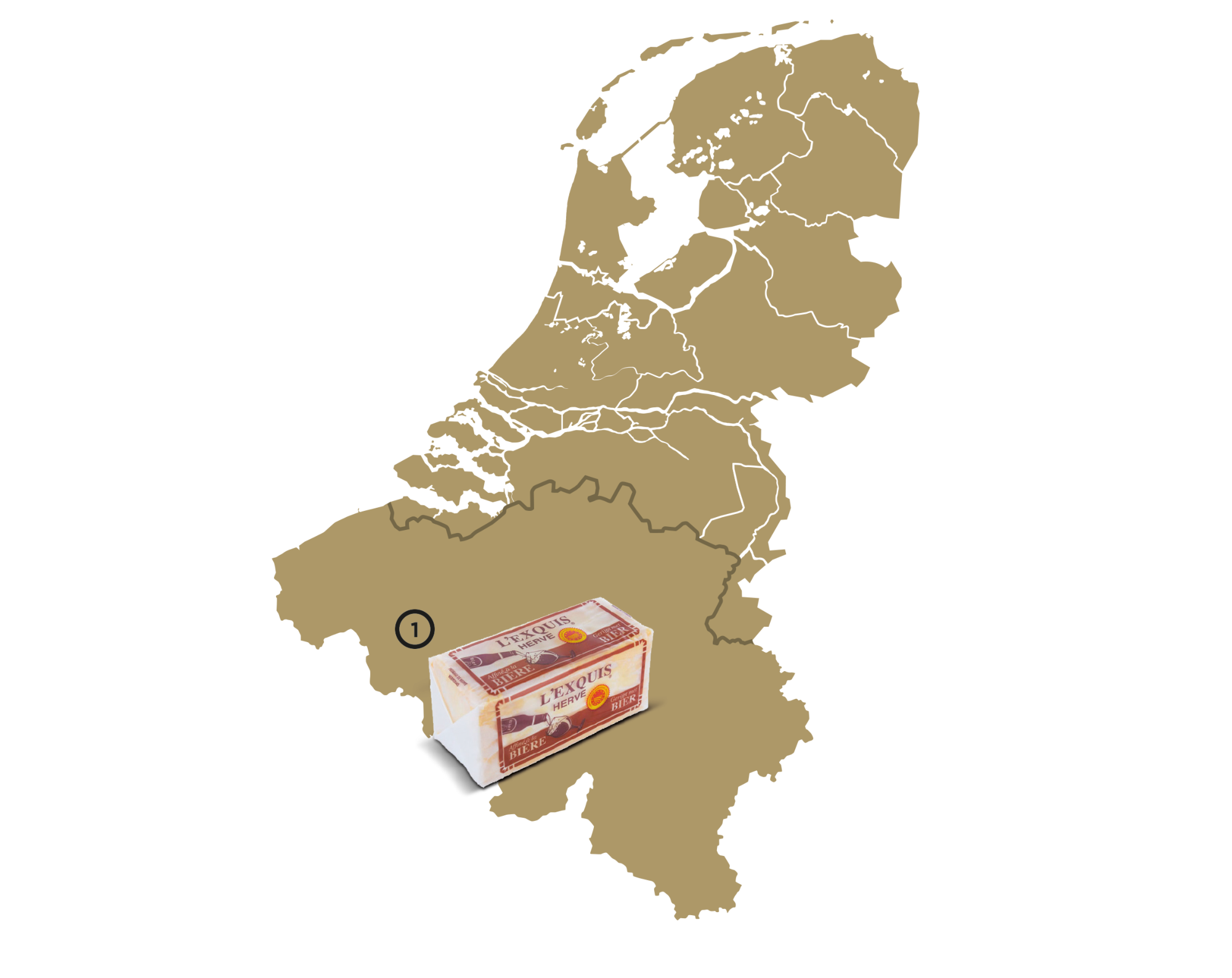
Greece
Of the approximately 220,000 tons of cheese a year that Greece produces, about 120,000 are Feta. Greeks consume an average of approximately 30 kg of cheese per inhabitant per year. It is considered one of the highest averages in Europe. Currently, there are still many family and local producers in the country, who make cheeses mainly based on sheep and goat milk, the most common dairy animals and best adapted to the country, due to the climate, the type of soil and its peasant history.
